How Do I Write The Perfect Opening Line?
There are not many things more important than your opening line. It’s the reader’s introduction to you and your story. It’s a first impression that holds weight. It can also be pretty anxiety-inducing when you think about how much goes into that first sentence. You have to set a tone, show your voice, introduce someone/some thing/some place/some time, show POV, and hook the reader; making them want to read the next line. And the next. And the next.
In a sentence.
Oh, dear cake, the pressure.
Writing the perfect opening line is different for everyone. Many times I’ve had a sentence pop into my head which ends up being the first line and starting point for a brand new manuscript or screenplay. I just let the whole thing flow and unfold from there. I, personally, want to have my opening line on that page before I move into the story - whether it came to me randomly and organically or I have to work at it for a while. Does the line change once I get to the end or in revisions? Sometimes, absolutely. But, for me, I need a place to work from.
So, what are the main components that every first line should have? Well, honestly, that just depends on what you’re trying to convey to your reader. Do you want to introduce a character? Show a new world? Show conflict? Shock them? Connect with them on an emotional level?
Stephen King said one of the best things I’ve ever heard about your first sentence: “An opening line should invite the reader to begin the story. It should say: Listen. Come in here. You want to know about this.”
It basically boils down to that. We want to captivate our readers and hold their attention so they’ll immerse themselves in our story. We should set the mood for them. The tone. Show them a glimpse of what’s to come or create mystery and raise questions that pique the readers’ curiosity. After all, it’s what comes after this sentence - the story - that really counts.
So, let’s take a look at some of the fundamental components that go into an opening line with some awesome examples.
SET THE TONE
What is the mood of your story? Is it upbeat for a comedy? Romantic? Scary? Adventurous? A struggle? Is it ominous?
“He was born with a gift of laughter and a sense that the world was mad.” - Scaramouche, Rafael Sabatini
“The madness of an autumn prairie cold front coming through. You could feel it: something terrible was going to happen.” - The Corrections, Jonathan Franzen
Not only do Kesey and Franzen set a tone, but they raise questions. Who’s out there? What terrible thing is going to happen?
RAISE QUESTIONS + PIQUE CURIOSITY
We want the reader interested and invested. We want them to want to know more. Make them curious as to what comes next; make them want answers.
“It was a bright cold day in April, and the clocks were striking thirteen.” - 1984, George Orwell
Ummm, there’s no thirteen. What’s this about?
"'Where's Papa going with that ax?' said Fern to her mother as they were setting the table for breakfast." - Charlotte's Web, E.B. White
Fern is curious and now so am I.
"My name was Salmon, like the fish; first name Susie. I was fourteen when I was murdered on December 6, 1973." - The Lovely Bones, Alice Sebold
How can she be dead if she’s talking to us?
“It was now lunch time and they were all sitting under the double green fly of the dining tent pretending that nothing had happened.” - The Short Happy Life of Francis Macomber, Ernest Hemingway
Oooh, what happened?
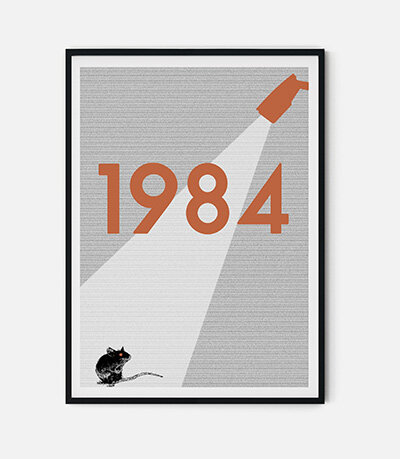
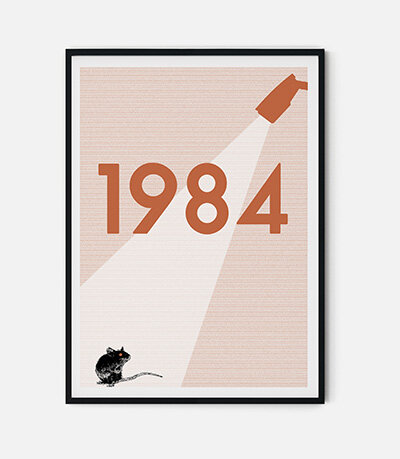

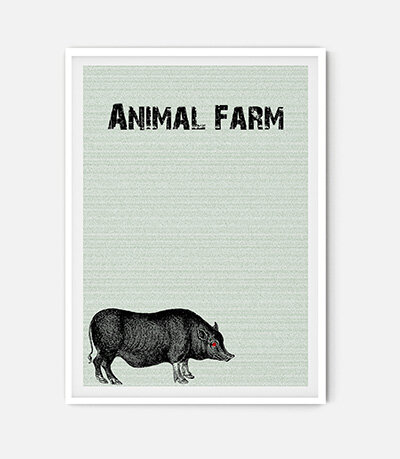
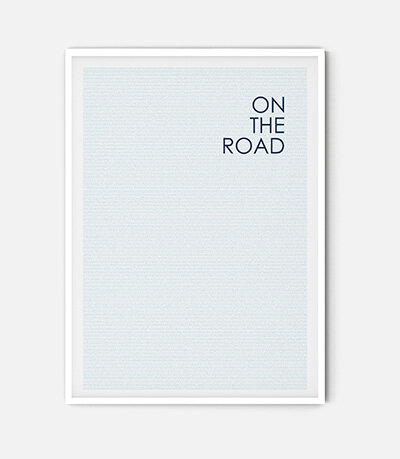
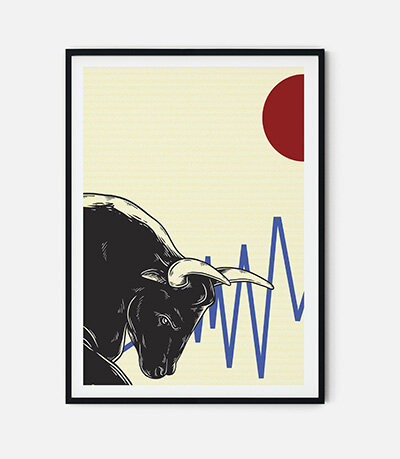
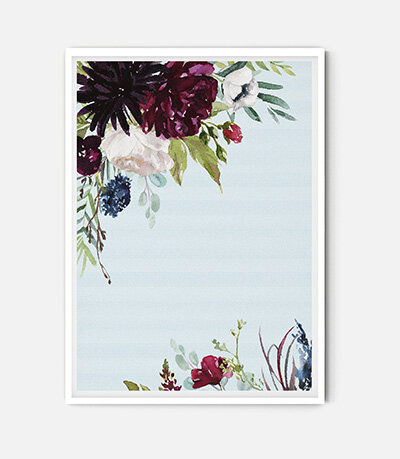
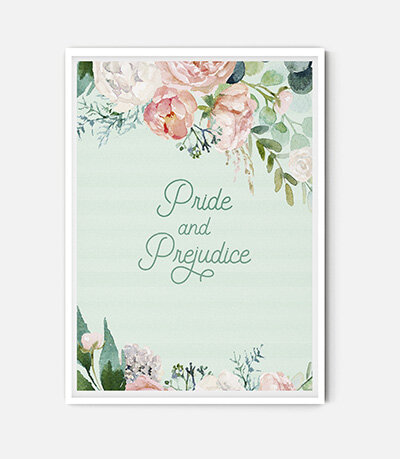
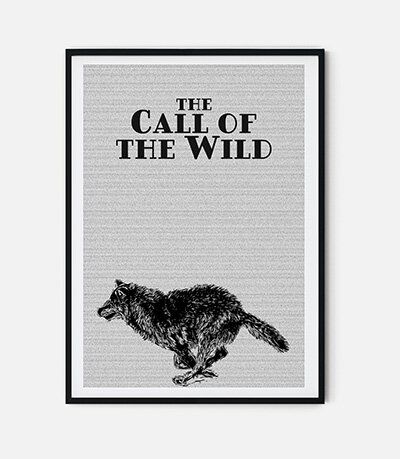
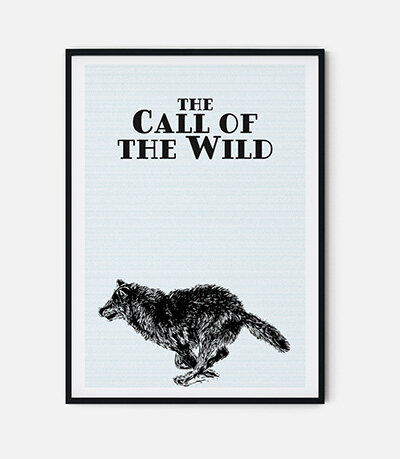
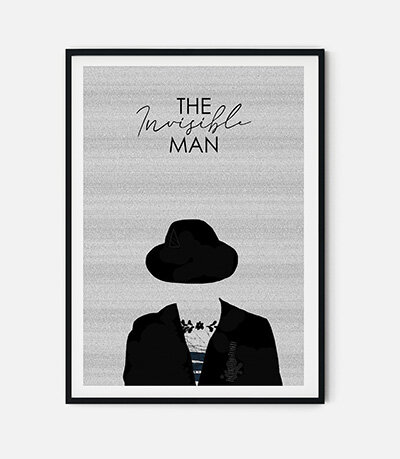
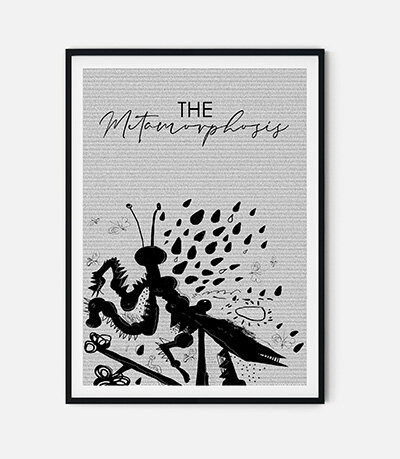
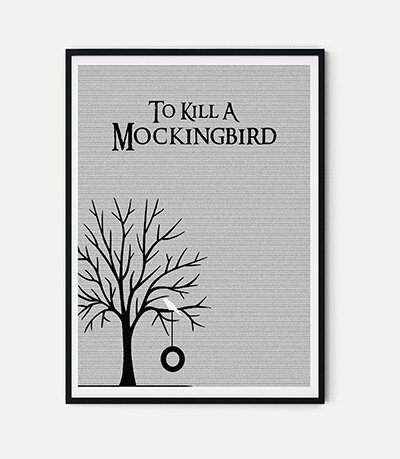
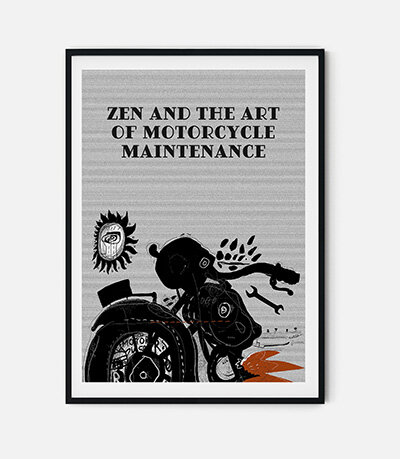
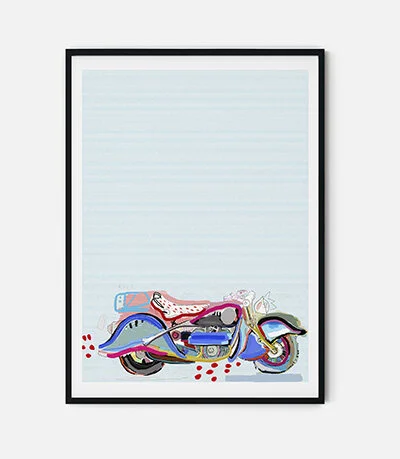
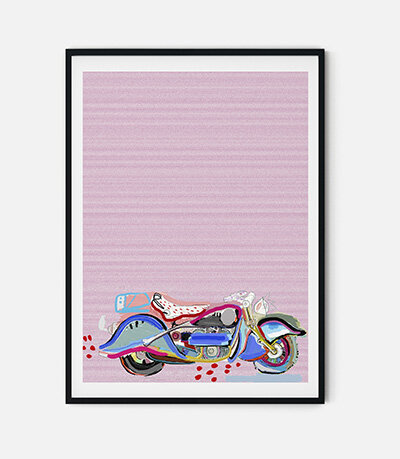

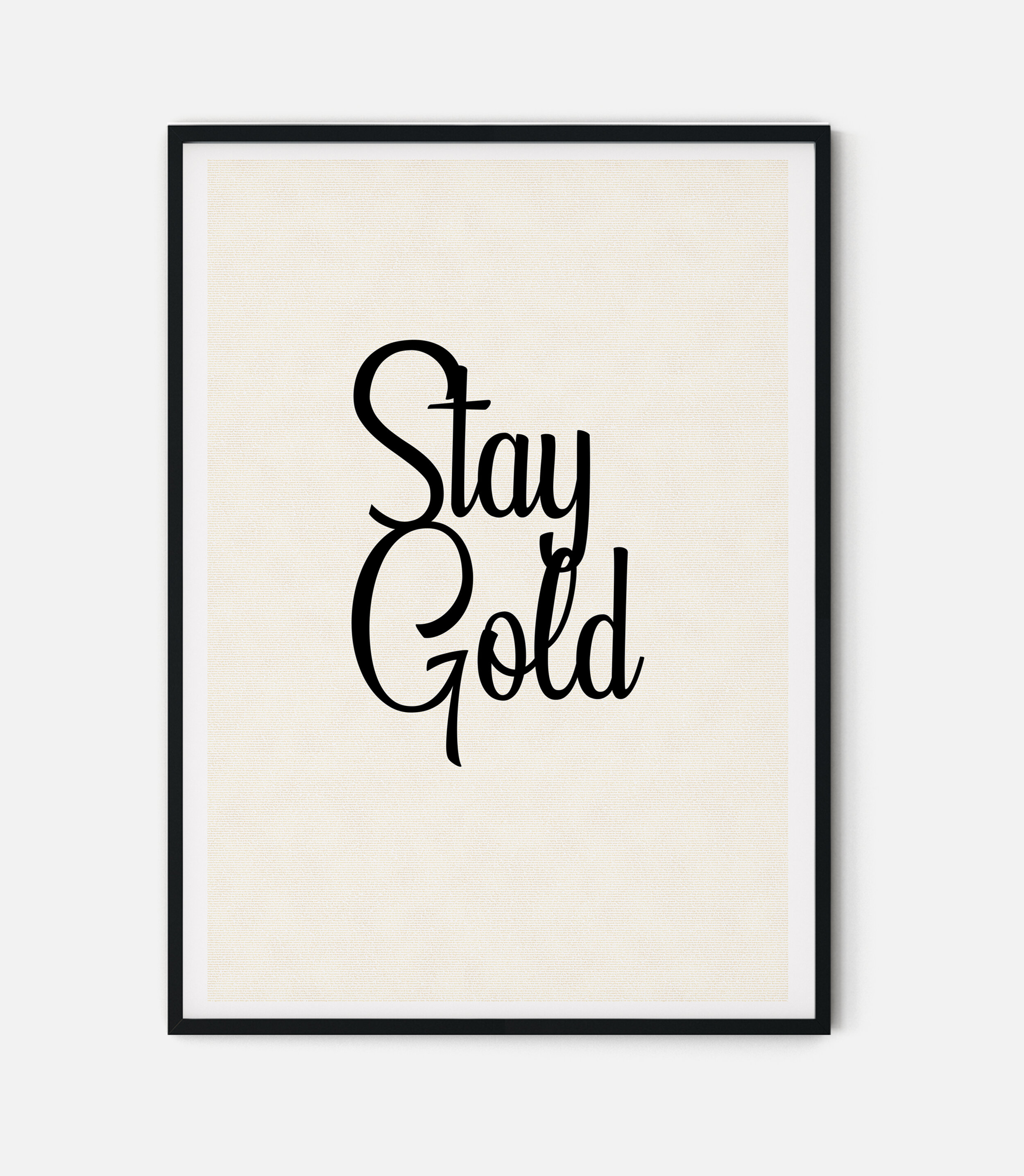
BE PROVOCATIVE
There’s something to be said for a little shock value if done right. Surprise your reader into wanting to know more.
“Marley was dead: to begin with.” - A Christmas Carol, Charles Dickens
“Lolita, light of my life, fire of my loins.” - Lolita, Vladimir Nabokov
"We were somewhere around Barstow on the edge of the desert when the drugs began to take hold." - Fear and Loathing in Las Vegas, Hunter S. Thompson
"They shoot the white girl first. With the rest they can take their time." - Paradise, Toni Morrison
“It was a pleasure to burn.” - Fahrenheit 451, Ray Bradbury
Bradbury gets a lot out of that one, simple sentence. It’s surprising. It makes us want to know what they’ve burned. (I mean, not everyone knows the temperature at which paper burns.) It shows the protagonist as someone who takes pleasure in being a little fire bug. It makes a statement and sets the tone. Damn.
USE HUMOR + ENTERTAINMENT
Let the reader know what they’re in for with a bit of whimsy and humor. If something makes me laugh, I’m going to read it. Full stop. Not everything has to be taken so seriously. Plus, it helps to set the tone. Being witty or irreverent doesn’t detract in any way from the quality of the writing or the story.
“It is a truth universally acknowledged, that a single man in possession of a good fortune, must be in want of a wife.” - Pride and Prejudice, Jane Austen
I ain’t sayin’ she a gold digger…
“It is a truth universally acknowledged that a zombie in possession of brains must be in want of more brains.” - Pride and Prejudice and Zombies, Seth Grahame-Smith
"In the beginning, the universe was created. This has made a lot of people very angry and been widely regarded as a bad move." - The Restaurant At The End Of The Universe (The Hitchhiker’s Guide To The Galaxy, Volume 2), Douglas Adams
"Nick Naylor had been called many things since becoming the chief spokesman for the Academy of Tobacco Studies, but until now no one had actually compared him to Satan." - Thank You For Smoking, Christopher Buckley
CONNECT EMOTIONALLY
Establishing a rapport with the reader immediately; connecting to them through emotions, not only sets the mood and tone but pulls them deeper into the story. Grab them by the throat and don’t let go until the end.
“Late in the winter of my seventeenth year, my mother decided I was depressed, presumably because I rarely left the house, spent quite a lot of time in bed, read the same book over and over, ate infrequently, and devoted quite a bit of my abundant free time to thinking about death.” - The Fault in Our Stars, John Green
“None of the merry-go-rounds seem to work anymore.” - True Confessions, John Gregory Dunne
“During the whole of a dull, dark and soundless day in the autumn of the year, when the clouds hung oppressively low in the heavens, I had been passing alone, on horseback, through a singular dreary tract of country, and at length found myself, as the shades of the evening drew on, within view of the melancholy House of Usher.” - The Fall of the House of Usher, Edgar Allen Poe
What do you want the reader to know? What’s important for them to understand about the story and what’s to come?
By introducing more details, you can hook them even more.
CONFLICT
Conflict keeps the reader engaged. Whether a character has an internal struggle or an external one, they have to need something. Use it to foreshadow issues or show what’s already occurred. Give the reader a glimpse of what they’re up against and, of course, have them intrigued enough to ask questions.
“Someone must have slandered Josef K., for one morning, without having done anything truly wrong, he was arrested.” - The Trial, Franz Kafka
“Blue Sargent had forgotten how many times she’d been told that she would kill her true love.” - The Raven Boys, Maggie Stiefvater
"It was a queer, sultry summer, the summer they electrocuted the Rosenbergs, and I didn't know what I was doing in New York." - The Bell Jar, Sylvia Plath
“The terror, which would not end for another twenty-eight years – if it ever did end – began, so far as I know or can tell, with a boat made from a sheet of newspaper floating down a gutter swollen with rain.” - It, Stephen King
I read somewhere that King worked on that line for a year or more. Keep that in mind as you beat your head against the wall trying to come up with something genius and it doesn’t reveal itself right away.
IMAGERY
This sinks the reader right into the story and conjures a picture in their mind. I want my stories to play out like movies in their heads as they read along. Make them vivid.
“The candleflame and the image of the candleflame caught in the pierglass twisted and righted when he entered the hall and again when he shut the door.” - All the Pretty Horses, Cormac McCarthy
“The shudders swinging in the storm winds were the only sign of her entry.” - Crown of Midnight, Sarah J. Maas
Each of these place you into the story immediately. They give us an overall tone and feel, and what we can expect moving forward.
CHARACTERS
Characters are a great way to connect with readers in that very first line. It’s an introduction. Are we going to want to root for them? Dislike them? Are they intriguing? Do we want to know more about their journey? We hope that readers will become engaged and feel all the feelings about, and right along with, our characters. Why not start that connection early?
“‘Barrabás came to us by the sea,’ the child Clara wrote in her delicate calligraphy.” - The House of the Spirits (La Casa de los Espíritus), Isabel Allende
This is also the last line. “It begins like this: Barrabás came to us by the sea.”
“Elmer Gantry was drunk. He was eloquently drunk, lovingly and pugnaciously drunk.” - Elmer Gentry, Sinclair Lewis
“As Gregor Samsa awoke one morning from uneasy dreams he found himself transformed in his bed into a monstrous vermin." - The Metamorphosis And Other Stories, Franz Kafka
“There was a boy called Eustace Clarence Scrubb, and he almost deserved it.” - The Voyage of the Dawn Treader, C. S. Lewis
“Call me Ishmael.” - Moby-Dick, Herman Melville
Along with Kafka’s raising of quite a few questions, most of these are also great examples of using dialogue to engage your readers; like we’re shaking hands upon meeting and sitting down to have a conversation.
WORLD-BUILDING BACKGROUND
It’s important not to dump a ton of information in the reader’s lap all at once. However, in cases of Sci-Fi, Fantasy, and Paranormal, we have to set the stage. Show them the world they are entering - the time and place. But, be subtle. No one wants to be overloaded with facts that will just become confusing.
“In a hole in the ground there lived a hobbit. Not a nasty, dirty, wet hole, filled with the ends of worms and an oozy smell, nor yet a dry, bare, sandy hole with nothing in it to sit down on or to eat: it was a hobbit-hole, and that means comfort.” - The Hobbit, J. R. R. Tolkien
“He—for there could be no doubt of his sex, though the fashion of the time did something to disguise it—was in the act of slicing at the head of a Moor which swung from the rafters.” - Orlando, Virginia Woolf
"When you have to kill the same terrorist twice in one week, then there’s either something wrong with your skills or something wrong with your world. And there’s nothing wrong with my skills." - Patient Zero, Jonathan Maberry
SETTING
Along with imagery and world-building, a glimpse of the setting paints a picture of where we are and what we’re doing there.
“I can see by my watch, without taking my hand from the left grip of the cycle, that it is eight-thirty in the morning. The wind, even at sixty miles an hour, is warm and humid.” - Zen and the Art of Motorcycle Maintenance, Robert M. Pirsig
“This inscription could be seen on the glass door of a small shop, but naturally this was only the way it looked if you were inside the dimly lit shop, looking out at the street through the plate-glass door.” - The Neverending Story, Michael Ende (It’s referencing a picture of reversed letters on the page.)
“The early summer sky was the color of cat vomit. Of course, Tally thought, you’d have to feed your cat only salmon-flavored cat food for a while to get the pinks right.” - Uglies, Scott Westerfeld
THOUGHTS + FEELINGS
These are another distinct way to bring your reader in and form a connection.
"At the end, the bottom, the very worst of it, with the world afire and hell's flamewinged angels calling him by name, Lee Crane blamed himself." - Voyage To The Bottom Of The Sea, Theodore Sturgeon
In addition to raising questions, vivid imagery, introducing a character, conflict, and world-building background, this also conveys shame and responsibility.
“I am a sick man…I am a spiteful man.” - Notes from Underground, Fyodor Dostoyevsky
“If you really want to hear about it, the first thing you’ll probably want to know is where I was born, and what my lousy childhood was like, and how my parents were occupied and all before they had me, and all that David Copperfield kind of crap, but I don’t feel like going into it, if you want to know the truth.” - The Catcher in the Rye, J. D. Salinger
“If you’re going to read this, don’t bother.” - Choke, Chuck Palahniuk
We are shown shame, self-loathing, hope, arrogance and resentment, and apathy. We can all relate to any one of these thoughts or feelings and if you say you can’t, you’re a dirty liar.
No matter which elements you use for your opening line, just remember that there’s no right or wrong way. Use one. Use more than one. Use four. As you can see by the examples, there isn’t just one tried-and-true way to hook your reader. Invite them into your story by surprising them, evoking an emotion, making them laugh, making them wish they were there, immersing them in fantasy, connecting with them, forcing them to want to know more. If you stick to these components, you’re sure to be safe from the Bulwer-Lytton.
The simple fact is, you’ll come up with the best first sentence because it’s the first sentence to your story. You have it in you already. Sometimes it might take a while to come to light or it will be right there, bursting out of you, just waiting on you to preserve it forever.
Just think, years from now, someone could be including your opening line as an example of greatness.















